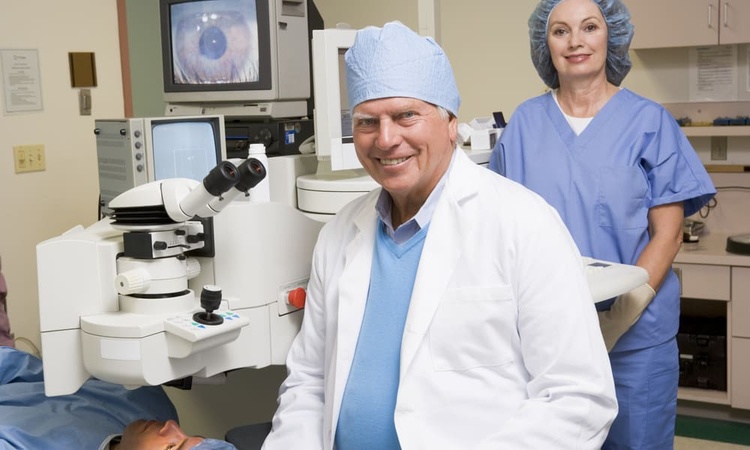Liposuction 101: Surgical Fat Removal & Body Sculpting
Explore how liposuction sculpts stubborn fat with modern techniques, what to expect during the operation and recovery, safety factors, and typical costs. This comprehensive guide on surgical fat removal and body contouring helps you weigh options, understand risks, and decide whether liposuction fits your goals.

Modern Techniques in Liposuction
Liposuction today is far more versatile than the single approach used in decades past. Surgeons now use several techniques to remove fat with greater precision and less trauma. Tumescent liposuction involves injecting a diluted anesthetic and vasoconstrictor into the treatment zone to reduce bleeding and provide local numbing. Ultrasound-assisted liposuction (UAL) employs focused sound waves to loosen fat cells before suctioning, which can be beneficial in firmer, fibrous areas. Power-assisted liposuction (PAL) uses a rapidly moving cannula to make fat extraction more efficient, especially during larger-volume procedures.
These methods are often combined depending on patient anatomy, the volume of fat to be removed, and the condition of the skin. The chosen technique influences operating time, postoperative swelling, and the precision of the final contour.
What to Expect During Surgery
Procedure length usually ranges from one to four hours, depending on the number of areas treated and the complexity of reshaping. For small, focused areas, surgeons may use local anesthesia with sedation. More extensive contouring typically requires general anesthesia.
Small incisions are made through which a thin suction cannula is introduced after the fat has been loosened by the selected technique. The surgeon sculpts the area to achieve the desired silhouette. Afterward, compression garments are applied to reduce swelling, support tissues, and encourage even healing. Patients are advised to walk soon after surgery to lower the risk of blood clots, while avoiding heavy lifting and intense exercise for several weeks.
Recovery and Getting Back to Daily Life
Early recovery is often relatively quick. Many patients are ready to resume desk work within one to two weeks, although individual timelines vary. Expect some swelling and bruising that slowly fade; most of the visible swelling dies down over several weeks, but it can take three to six months for tissues to fully settle and for the final contours to emerge.
Wearing compression garments as instructed helps control swelling and supports the reshaped areas. Follow-up appointments let your surgeon monitor healing and address any concerns. While light activity is encouraged early on, strenuous physical activity should be postponed until your surgeon clears you.
Who Is a Good Candidate and Safety Considerations
Liposuction is a body-contouring procedure, not a substitute for weight loss. Ideal candidates are typically within about 30% of their ideal body weight and have reasonably good skin elasticity so the skin can retract around the new contours. Those with significant excess weight or poor skin tone may need alternative or additional procedures to achieve optimal results.
As with any surgery, there are risks. Possible complications include infection, irregular or uneven contours, numbness, fluid collections (seromas), scarring, and rare but serious events such as deep vein thrombosis. Choosing a board-certified plastic surgeon with substantial experience in body contouring helps reduce the likelihood of complications. Careful preoperative preparation—such as stopping certain medications and following lifestyle recommendations—and strict adherence to post-operative instructions are also important risk-limiting steps.
Costs and Provider Options
| Provider Type | Average Cost Range | Additional Fees |
|---|---|---|
| Private Clinic | $3,000 - $8,000 | Anesthesia, facility fees |
| Hospital Setting | $4,000 - $10,000 | Higher facility fees |
| Specialty Centers | $2,500 - $7,000 | May include aftercare |
Prices, rates, or cost estimates mentioned are based on available information and may change. Independent research is advised before making financial decisions.
Managing Expectations and Long-Term Results
Liposuction removes fat cells permanently from treated areas, so those particular cells do not return. However, remaining fat cells can enlarge if you gain weight, so maintaining a stable weight through balanced nutrition and regular exercise is key to preserving results. Since liposuction does not significantly tighten loose skin, patients with reduced skin elasticity may require adjunctive procedures—such as skin excision or energy-based skin-tightening—to achieve a smoother result.
Because swelling can obscure final contours, expect changes over several months. Subtle refinements can continue as tissues settle, and a realistic discussion with your surgeon about achievable outcomes—backed by before-and-after photos—helps set appropriate expectations.
Choosing a Surgeon and Preparing for Surgery
When researching surgeons and clinics, verify board certification, ask how often they perform the specific type of liposuction you want, and request information on complication rates and postoperative care protocols. A thorough consultation should review your medical history, discuss anesthesia choices, and outline a personalized recovery plan.
Follow preoperative instructions carefully. These may include blood tests, stopping blood-thinning medications, quitting smoking, and arranging for someone to assist you during the first days after surgery.
Final Thoughts
For patients seeking targeted removal of stubborn fat deposits and improved body contours, liposuction can be highly effective when performed on the right candidates by an experienced surgical team. It should be viewed as part of an overall wellness and appearance strategy rather than a replacement for healthy habits. With the proper provider, realistic expectations, and diligent aftercare, many people achieve enduring improvements in shape and self-confidence.
This article is for informational purposes only and should not be considered medical advice. Please consult a qualified healthcare professional for personalized guidance and treatment.






